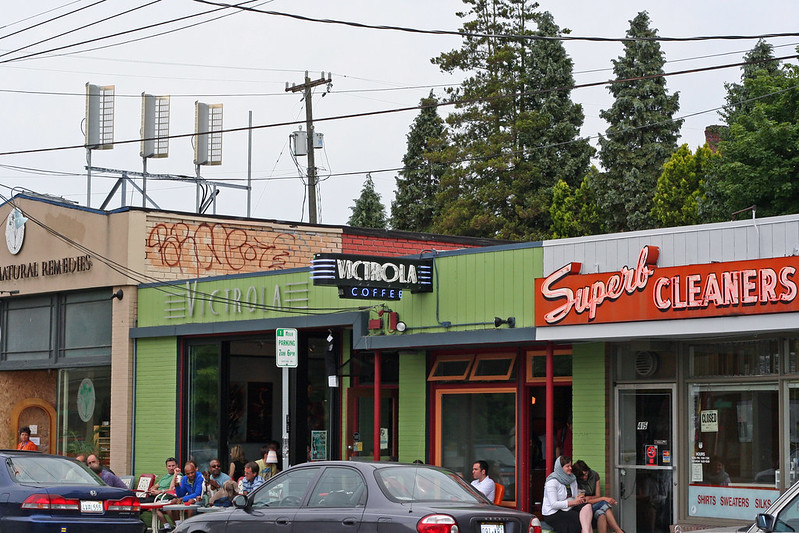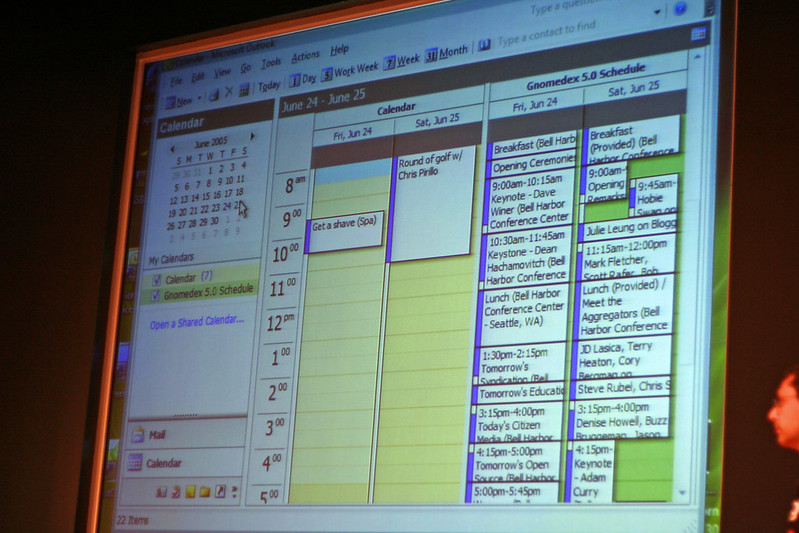On May 18 I saw Jeff Hawkins speak at Stanford. Full video of Jeff’s talk is available on Stanford’s website if you are interested.
Jeff referred to entrepreneurship as “a tool of last resort.” An entrepreneur is not a thing to be, it is an intermediary thing. If you succeed as an entrepreneur you transition out of that job into a success. Jeff became an entrepreneur out of desperation because he could not accomplish the things he wanted to accomplish with his current employer or an existing major player.
In 1987 Jeff decided to not take the entrepreneurship route when he turned down being the sixth employee at Go to join established player Grid Computing and build a new product focused on the enterprise market. Five years later he wanted to work on a consumer product and could not envision a successful consumer product within Grid Computing and its parent company, Tandy Corporation. Jeff pitched his idea for a consumer palmtop device to executives at Tandy while also pitching the idea to venture capitalists and was able to play both sides against each other while making his decision. He took the venture capital route, founded Palm, and revolutionized mobile computing.
Jeff started Handspring after 3Com acquired Palm. Palm was hindered by 3Com’s reliance on Microsoft and 3Com’s inability to take actions that might upset the company’s relationship with Microsoft. The Palm executives lobbied for Palm as an independent company outside of the 3Com structure. Eric Benhamou, CEO of 3Com at the time, decided not to spin-off Palm, and many members of Palm’s staff left to create Handspring. 3Com decided one year later that it really was a good idea to spin-off Palm.
Handspring realized the potential of the Treo 600 but needed about $40 million to launch the product. They had two major options: pipe financing or merge with Palm. Handspring board member John Doerr told the board to “think of the merger just as a financing option.” Palm had a lot of cash but not a lot of product; Handspring had good product but not a lot of cash. They asked themselves which financing option is most likely to lead to the success of the product chose Palm.
Jeff is now working on new types of computer memory by studying the neocortex portion of the brain. he mentioned that inside regular industries entrepreneurship is fairly well-known. There are classes, forums, and venture capital firms designed to fund you. In science if you want to do something that has not been done before there is no help and no funding. In Jeff’s experience with the National Institute of Health, the major source of funding in science, it is very difficult to get funding for something that has not already been done. Jeff Hawkins funded Numenta to further his own goals and try something new.
Jeff offered some tips:
- Making the right decisions is more important than putting in a huge amount of hours. Jeff always has breakfast and dinner with his kids.
- Remember your ultimate goal and align yourself on that goal.
- Every day there is a new crisis, but you will forget and find it provides interesting insight later.
- If we are doing something that is really unique and has not been done before it’s better to have it close to home where you can tinker a lot. Outsource the things that have been done before.
- Most companies fail by going full-speed ahead and not planning good products.
Tags: jeffhawkins, palm, stanford







